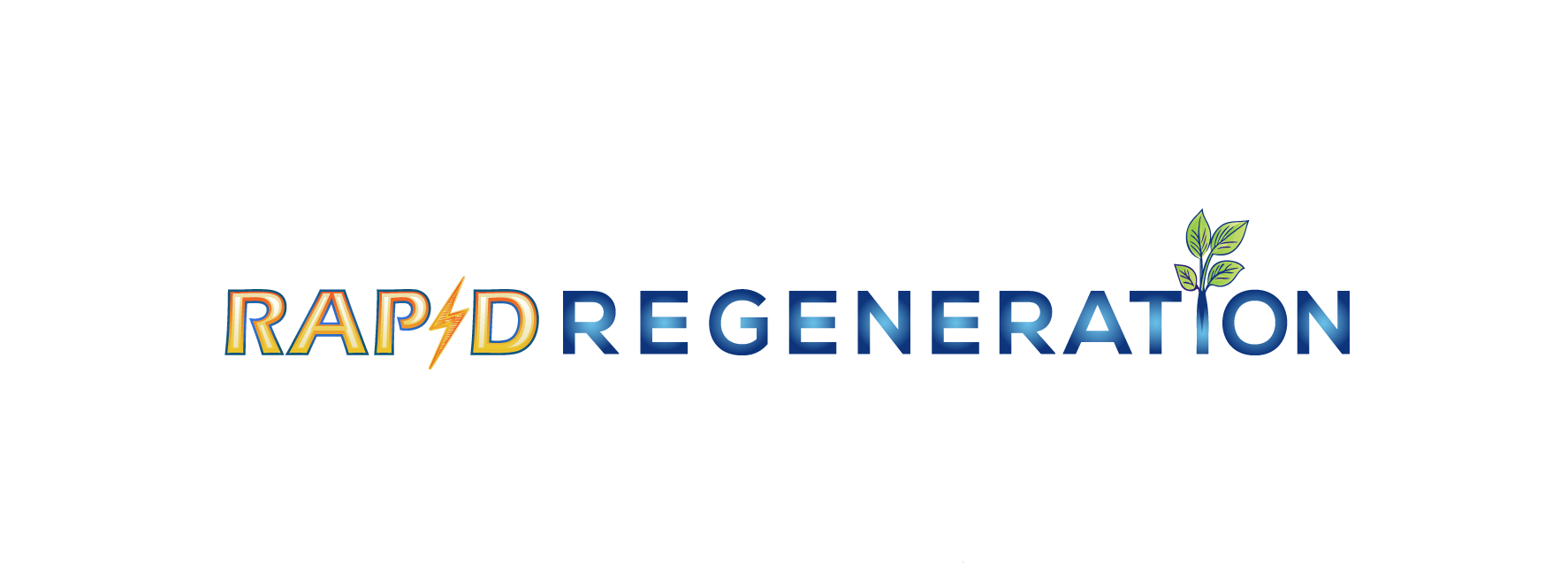It is important to understand the nature of fats (AKA fatty acids), the benefits, and the downsides of consuming them. Fatty acids are important to the body for many different functions (covered in depth in the section breaking down carbohydrates, proteins & fats), including providing insulation, structural support, lining the cell walls, supporting nerve tissue, serving as an anti-inflammatory buffer, and providing reserves for future conversions to energy.
Fats are not, however, a straightforward fuel source like carbohydrates are. While carbs (ideally simple sugars) are basically digested in the intestines, and absorbed directly via the bloodstream to then go to the cells, fats on the other hand go through an extensive digestive process. Fats are first broken down partially in an acidic process in the stomach, and then get hydrolyzed and digested using bile salts from the liver. After being made water-soluble via this process, the pancreas must then secrete specific digestive enzymes to break down the fatty food into usable fatty acids. The fatty acids then get distributed throughout the body for various functions or stored as fat storage. This fat storage can be converted by the liver into glycerol and stored fatty acids can later be used for energy.
This process, whether it’s concerning the liver, gallbladder, pancreas or digestive system, requires much more energy and creates much more metabolic wastes and acidic byproducts, compared with the digestion of simple sugars. This is something to keep in mind because although there are some definite benefits and upsides to fats, just keep in mind you are expending much more energy when creating, storing and using them — and making more of a chemical mess of metabolic wastes and acids.
Much like protein consumption, there is a sweet spot as well in terms of the amount of fats that can be consumed and processed effectively by the body. Your body’s systems may have no issues digesting modest amounts of fat and can handle that job. But if you really turn up the dial and start eating excessive amounts of fats, then it can overload the system, causing the body and its organs to be in a constant state of working themselves, completing various laborious tasks and molecular transformations, and not giving your internal organs and digestive systems enough time to rest, recover and repair themselves.
This is sort of the academic understanding of fats and fatty acids, and how they effect the body. But how does it work in a real life application? Quite frankly — as you will see covered in another section about ‘How to Transition’ — going from a standard diet of cooked foods into more of a healthy and raw consumption of foods is not an easy thing. With this in mind, as you transition into being more healthy and especially consuming more raw foods, fats are your friends to help you transition. They can ‘take the edge off’ in terms of cravings, whereas eating a big bowl of carb-centric fruits may not satiate your hunger.
It’s a lesser of evils — although it may hold you back from going to the ultimate high levels of wellness and energy, eating things like avocados or coconut or other fats are not super harmful, per se. Nuts and seeds are a little bit of a different story because they are more acidic forming (although not nearly as acidic forming as other junk foods or cooked foods). So everything is being taken into consideration.
Podcast: Play in new window | Download
